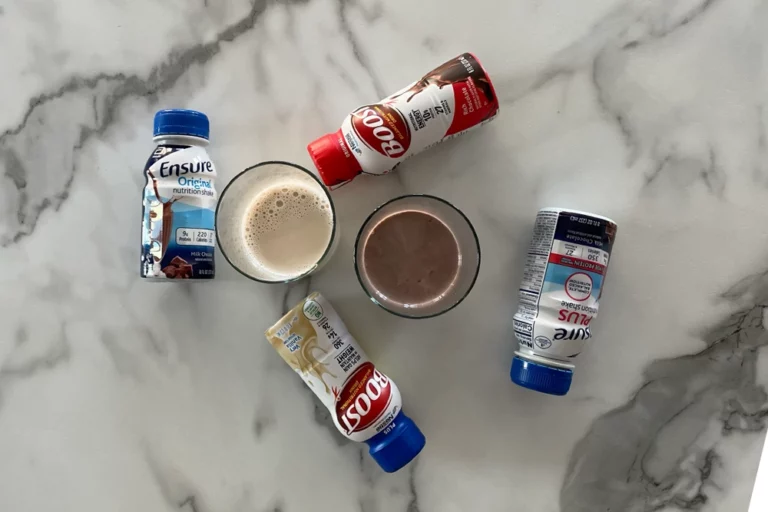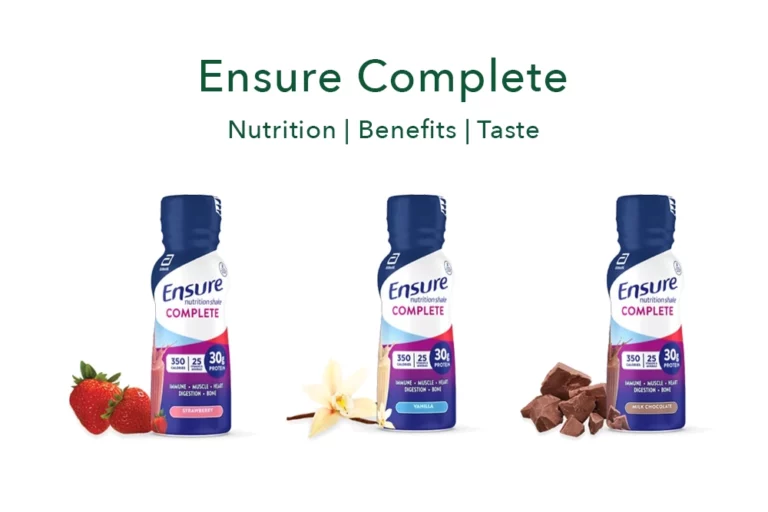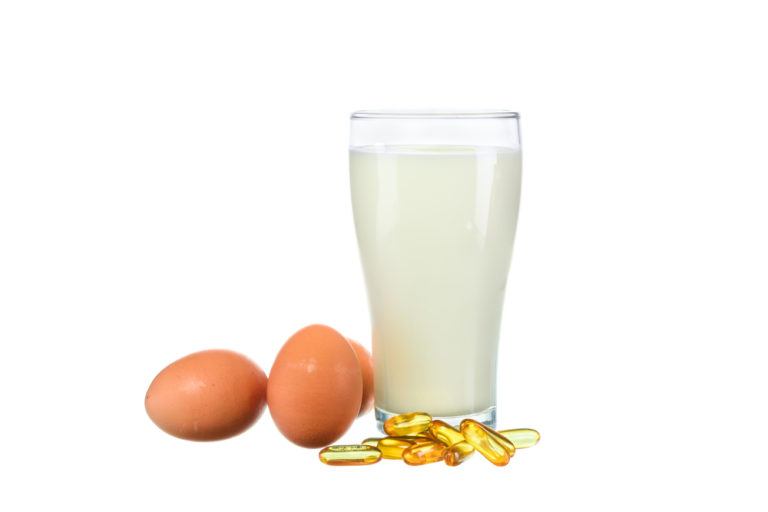Nutrition Guidelines for Pressure Injuries: Protein, Calories, and More
Optimizing nutritional status is an important strategy both in the prevention and treatment of pressure injuries.
Pressure injuries or ulcers — also called bedsores and decubitus ulcers — are injuries to the skin or underlying tissue resulting from unrelieved pressure on the skin.
The constant pressure reduces blood flow to parts of the body and damages the skin by depriving it of oxygen and nutrients.
Pressure injuries most often form on bony parts of the body such as the shoulders, elbows, hips, buttocks, ankle bones, and heels (1).
Pressure injury management requires an evidenced-based comprehensive nutritional care plan.
This article provides an overview of the most recent nutrition guidelines for pressure ulcers so you can confidently address the nutritional needs of an individual with pressure injuries.

Nutrition screening
Nutrition screening identifies those who require a more detailed nutritional assessment based on any identified nutrition risk factors.
Screening should be done for new residents or patients upon admission and with each change in their clinical condition using a validated screening tool such as the Mini Nutrition Assessment (MNA) or the Malnutrition Screening Tool (MST).
A nurse usually performs the nutrition screening and refers those at nutritional risk to a registered dietitian (RD) for a comprehensive nutritional assessment.
The presence of a pressure injury or an identified risk of developing a pressure injury are common nutrition risk factors that warrant an RD referral.
Comprehensive nutritional assessment
A nutrition assessment for pressure injuries should assess:
- overall medical history
- weight status to determine weight history and identify any significant, unintended weight loss
- ability to eat independently
- adequacy of nutrient intake
- nutrition-focused physical findings
Serum albumin and prealbumin levels do not reliably determine nutritional status since they can be influenced by inflammation, kidney or liver function, and hydration status, among other factors (2, 3).
Nutrition guidelines for pressure injuries
Nutrition is an important aspect of a comprehensive care plan for the prevention and treatment of pressure ulcers.
Ensuring adequate calories, protein, hydration, vitamins, and minerals are key to supporting pressure injury healing and preventing further tissue breakdown.
Calorie needs
The 2019 International Clinical Practice Guideline for the Prevention and Treatment of Pressure Injuries recommends 30–35 calories per kilogram of body weight per day for individuals who have or are at risk for pressure ulcers (4).
You should adjust calorie needs based on any underlying medical conditions, recent significant weight changes, and body mass index (BMI).
Those who have had significant and unintended weight loss may require more calories.
Protein needs
High intakes of protein improve pressure injury healing rates and decrease the risk of developing future pressure injuries.
As such, the guidelines recommend providing 1.25–1.5 grams per kilogram of body weight per day of protein (4).
You should consider kidney function to determine whether high protein intakes are appropriate for the individual.
For an individual with advanced kidney disease, the benefits of a high-protein diet to support pressure injury healing or treat malnutrition may outweigh the potential harm.
In either case, spread an individual’s total protein needs equally between breakfast, lunch, and dinner, making sure to provide 30–40 grams of protein at each meal.
Doing so optimally supports muscle protein synthesis and therefore pressure injury healing and skin integrity.
Hydration, vitamins, and minerals needs
Maintaining good hydration maintains skin turgor, supports the delivery of nutrients to tissues, and helps transport waste from cells.
Current guidelines recommend 30 mL per kilogram of body weight per day or 1 mL per calorie consumed.
Consider any fluid restriction an individual has due to kidney or heart failure (4).
The guidelines also recommend nutritional supplements for pressure ulcers, including high-protein, high-calorie nutritional supplements as well as vitamins, minerals, and individual amino acids.
Vitamins C and E, zinc, and copper as well as L-arginine and L-glutamine have important roles in the healing of pressure injuries.
If possible, provide high-protein, high-calorie nutritional supplements between meals for at least four weeks.
Strategies to improve nutritional intake
For individuals with pressure injuries who have difficulties achieving adequate nutrient intakes, the guidelines recommend these strategies to improve overall nutritional status:
- Liberalize therapeutic diets if those restrictions lead to inadequate nutritional intake.
- Offer fortified foods when nutritional needs can’t be met through an individual’s normal diet.
- Offer high-calorie, high-protein nutritional supplements or shakes between meals.
- Consider nutrition support with consideration of the individual’s goals and plan of care.
Other factors that can negatively affect appetite or nutritional status can be identified with a comprehensive nutritional assessment and managed as appropriate.
Nutrition interventions for improving nutritional status should focus on solving the underlying cause of the identified factor.
When this is not possible — as with physiological and metabolic changes — the nutrition intervention should aim to minimize the signs and symptoms of the nutritional problem.
Malnutrition, for example, is a risk factor for pressure ulcers and can delay the healing of pressure ulcers in people with pressure ulcers and who are malnourished.
For an individual receiving hospice or palliative care, maintaining adequate nutritional intake may not be possible if they are unable or refuse to eat, based on their medical condition.
Still, you should always strive to maintain an individual’s nutritional status that is consistent with their condition and wishes.
The bottom line
Nutrition plays an important role in preserving skin integrity and supporting the necessary processes for pressure ulcer healing.
A comprehensive nutritional plan based on evidence-based guidelines can improve health outcomes for individuals who have pressure ulcers or are at risk of developing them.
Get Our Dietitian and Dietary Manager Newsletter
Be among the first to know when we post new articles and other helpful content.






